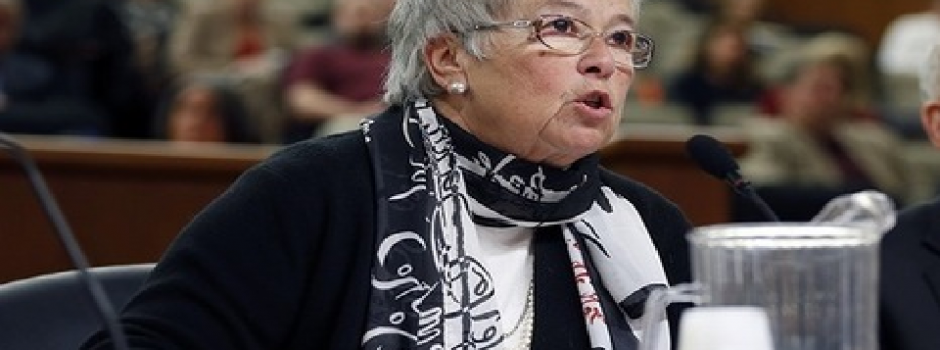New York City Education Department to Add or Expand 40 Dual-Language Programs

The New York City Education Department plans to expand dual-language programs offered in public schools, using the orchestra of local languages to spread bilingual little symphonies across the five boroughs — and perhaps to attract more middle-class families to poorer schools in the process.
Carmen Fariña, the city’s schools chancellor, announced the plan on Wednesday, saying that citywide, 40 dual-language programs for elementary, middle and high school levels would be created or expanded for the 2015-16 school year.
In each of the programs, which aim to teach students to read, write and speak in two languages, half the students will be English speakers and half will already speak the other language of the classroom. A vast majority of the programs will be in Spanish, but there will also be some in Japanese, Hebrew, Chinese, French and Haitian-Creole.
In remarks made at a professional development session at the United Federation of Teachers offices in Brooklyn, an enthusiastic Ms. Fariña described her own experience as a child who started school in New York City without speaking English, and as an adult who is bilingual in English and Spanish. She also emphasized the global advantages of speaking more than one language.
“It’s one thing to go out with Japanese businessmen who all speak English; it’s another thing to be able to have some dinner conversation in their language,” Ms. Fariña said. “That means you’re coming to the table with a different form of respect, a different form of acknowledgment, and people accept and honor that.”
Dual-language programs have been growing around the country as school districts try to prepare children to compete for jobs in a globalized, polyglot world. Methods vary: Some schools teach half the day in English and the other in Chinese, for example. In other programs, the languages alternate by day or by subject.
Some foreign governments have encouraged the teaching of languages. In New York, where there were about 150 dual-language programs in June, the governments of France and Spain have helped promote programs that teach their languages. The Qatar Foundation, co-founded by Sheikh Hamad bin Khalifa Al Thani, the father of the Emir of Qatar, has aided a program that teaches Arabic. Cumulatively, the city’s new programs will receive $1 million in federal funds, and each school will receive $25,000 grant to plan their implementation.
Beyond the job prospects and cultural citizenship of students, education experts say that dual-language programs can also be a way to entice middle-class families to attend schools they might otherwise avoid.
“In my book, dual language is one of the best ways to get economic and ethnic integration of schools,” said Clara Hemphill, the founding editor ofInsideschools.org, a website based at the New School.
At Public School 75 on the Upper West Side, which has a dual-language program, Ms. Hemphill said that when she visited the school a few years ago, it pulled a mix of students from expensive apartment buildings, housing projects and the homes of Columbia professors.
“There are a lot of English-speaking parents who think it’s an advantage to learn two languages,” she said. “Even if their kids have been to fancy private nursery schools, they can learn a lot if they’re also learning another language.”
A spokeswoman for the Education Department said the city considered this kind of socioeconomic integration to be a potential advantage of the expansion. A majority of the programs announced Wednesday are in schools with high proportions of students who receive free or reduced-price lunch.
While the programs can be a draw, experts say their effectiveness varies greatly depending on factors like the quality of teachers and school leaders. But Paola Uccelli, an associate professor at the Harvard Graduate School of Education, said that some research has shown that in well-run programs, students learn both languages. And because of the coordination these programs require, they can have some added benefits.
“Usually with these models, there’s more collaboration by definition,” Ms. Uccelli said. “You have to coordinate across languages and content areas. More collaboration is more time, but that leads to better communication.”
Source: NYTimes
